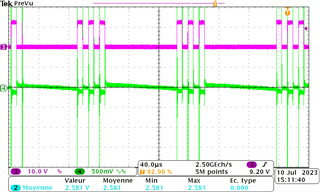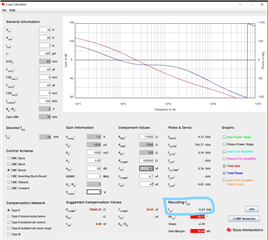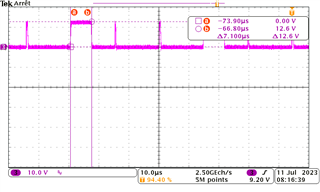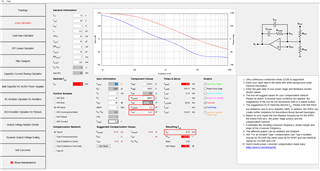Dear TI team,
We are using the ucc2801 as boost driver for 10 years now as a DIP version. As this is becomng obsolete, we moved to the SOIC version thus making a pcb modification .
We mainly have to boards running with this component ; one is made to step up a 24V battery to 28V, the other one fro ma 48V battery to 56V.
The pcb are identical on both boards. The 56 V version is working just fine.
However, on the 28V version with the new package, it seems like the UCC2801 doesn't manage to output a duty different thtan 50% or 0%. It does regulate but it does the job by pushing hard then relax and so ON. I am joining a picture to explain this...

We have been playing with the capacitors around the COMP pin (see the schematic attached) but I could not find why the behaviour. WOuld you have any suggestions ?
Best regards,
TOURNON Edgar




